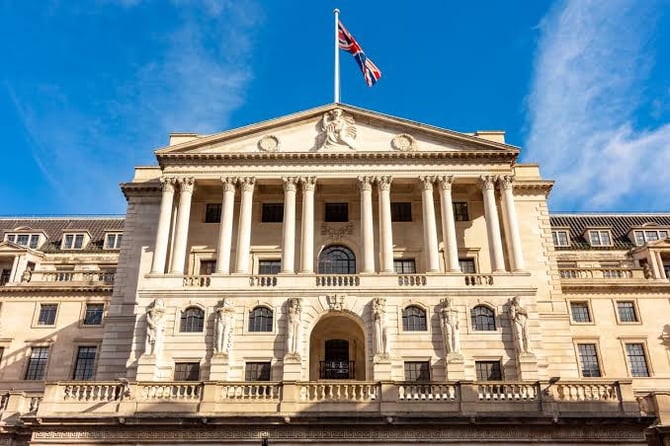BoE Eases Rates as Trade Tensions Cloud UK Outlook

The Bank of England has trimmed its benchmark interest rate by 25 basis points, bringing the cost of borrowing down to 4.25%.
This makes it the fourth reduction since August, signalling growing confidence that inflation has been tamed enough to justify a looser monetary stance.
With UK inflation steadily retreating from its 2022 peak, the central bank now has the room to stimulate growth, even as global economic clouds gather.
The Bank of England made it clear that while the direct impact of the much-discussed tariffs on the UK might be moderate, the broader environment of uncertainty is already weighing on investment decisions and consumer sentiment.
April’s PMI data confirmed the concern, showing the weakest output levels since November 2022. Despite this gloom, signs of progress on trade negotiations between the UK and US have added a glimmer of optimism.
A positive deal could help anchor expectations and inject confidence into an economy that remains highly exposed to global supply chains.
BoE Governor Andrew Bailey noted that new trade partnerships may offset some fallout from US-China tensions, particularly if diverted exports, like Chinese goods rerouted to the UK, help keep inflation subdued. That, in turn, gives the BoE even more flexibility to cut rates further if needed.
What Does This Mean for Me?
The IMF's recent downgrade of UK growth projections shows the fragile balance the BoE must navigate. Lower rates might support domestic demand, but geopolitical headwinds remain beyond its control.
For now, policymakers are leaning on the tools they have, such as rate cuts, as they chart a course through a turbulent global landscape.
More News

Catastrophe Bonds Go Global as Climate Risk Meets Yield Hunting
.webp)
Canada Shields Steel and Lumber Industries From Tariffs

Trump Drops Selected Tariffs in Response to Inflation Pressures

Tariffs on Mexico Test Nuevo Leon’s Industrial Momentum

US Moves to Ease Latin American Tariffs as Food Inflation Mounts

Japan Faces First GDP Shrinkage in Six Quarters as Tariffs Bite

India’s Inflation Dip Strengthens Case for RBI Easing
